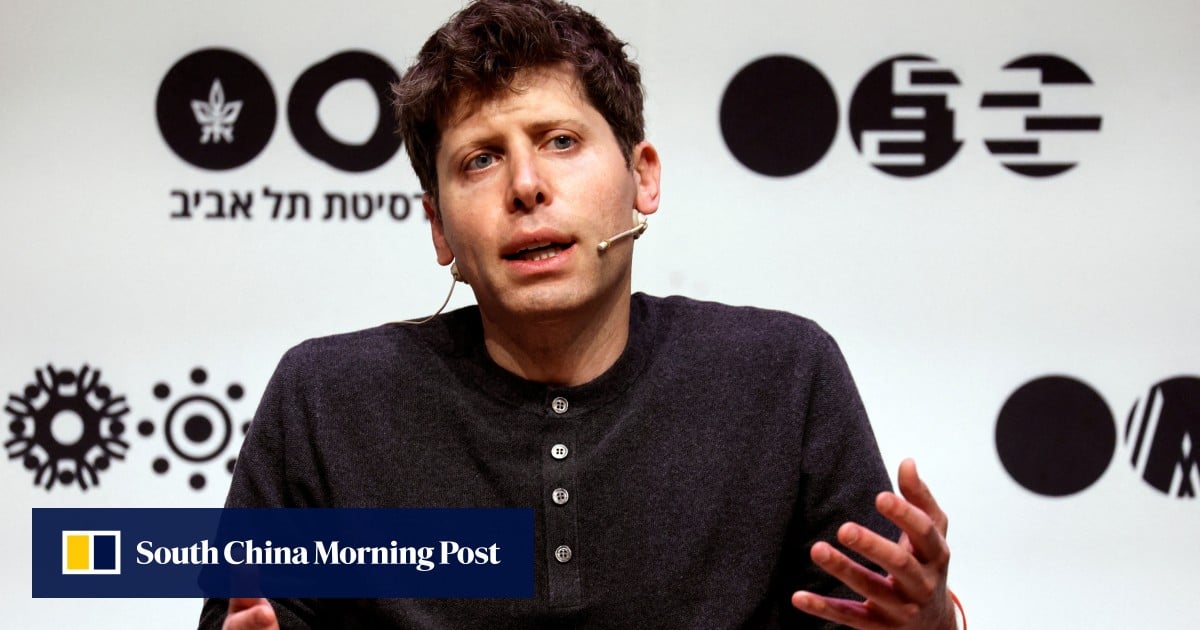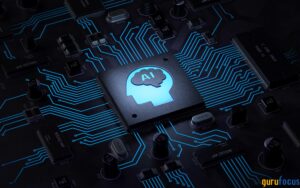OpenAI Developing Open AI Model Amid Competition from Meta and China’s DeepSeek

OpenAI’s Shift Towards Open Generative AI Models
Introduction to OpenAI’s Announcement
On a recent Monday, OpenAI, known for its creation of ChatGPT, revealed plans to develop a more open generative AI model. This strategic change comes in response to increasing competition, particularly from Chinese rival DeepSeek and technology giant Meta. Until now, OpenAI has primarily focused on maintaining closed, proprietary models, which limit developers’ ability to modify the underlying technology.
The Current Landscape of AI Development
Closed vs. Open Models
OpenAI has long defended closed models, arguing they are necessary to prevent misuse. Collaborators like Google share this viewpoint, expressing concerns that open models could be exploited for malicious purposes. The debate around open and closed models is significant in the AI community, with each side presenting valid points regarding safety and innovation.
Reasons for Closed Models:
- Security Concerns: Closed models are believed to be more secure against exploitation and misuse.
- Control Over Technology: Developers have limited ability to modify technology, which can result in more consistent performance.
Arguments for Open Models:
- Customization: Open models allow developers to adapt AI technologies to specific needs.
- Data Control: Companies can maintain better control over their data, reducing security risks.
Pressure on OpenAI
OpenAI’s adherence to closed models has sparked criticism, particularly from former investor Elon Musk. Musk has urged OpenAI to honor its original mission, advocating for a return to an open-source and safety-focused approach. The demand for reform has been heightened by various organizations and governments, many of whom are hesitant to build AI services on models they cannot oversee.
The Implications for Developers and Companies
Many corporations are cautious about utilizing AI technologies without control over the models, especially when considering data security. This skepticism has become a significant barrier to adoption. As organizations strive to protect their data and maintain compliance with regulations, OpenAI’s previous restrictive model may have deterred potential partnerships.
The Competitive Edge of Meta and DeepSeek
In this evolving landscape, companies like Meta and DeepSeek have gained traction by offering open models that address concerns around control and customization.
DeepSeek’s R1 Model
- Launch Impact: Released in January, DeepSeek’s R1 model has made waves in the AI sector, providing a budget-friendly alternative for companies.
- Customization and Control: Organizations can download DeepSeek’s models, enabling them to adjust the technology to meet their specific needs, thereby enhancing usability.
Meta’s Llama Models
- Download Milestone: Meta’s family of Llama models achieved an impressive milestone, with over one billion downloads, indicating strong interest and usage.
- Focus on Developer Needs: By allowing companies to modify their AI technologies, Meta aims to alleviate concerns regarding data protection and control.
Future Directions for OpenAI
The announcement about transitioning to a more open generative AI model signifies a critical pivot for OpenAI. In light of fierce competition and the demand for greater customization, the company aims to adapt its strategy while addressing concerns regarding data security and misuse.
Moving forward, it will be interesting to see how OpenAI balances its commitment to safety with the need for transparency and adaptability in an increasingly competitive environment. Companies and developers will be observing closely as OpenAI navigates this new direction and responds to both market demands and ethical considerations.






